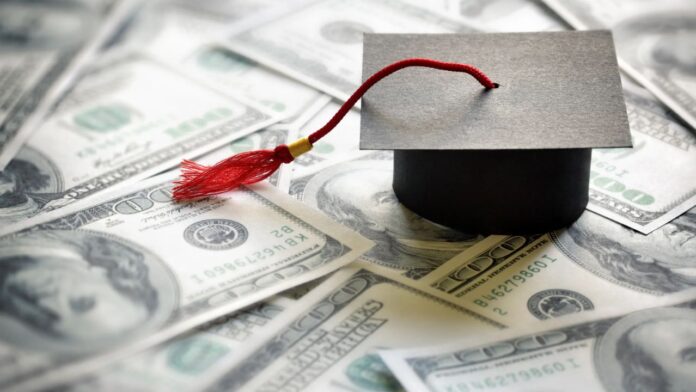Student Loans in Bankruptcy: Millions of Americans drowning in student loan debt wonder if bankruptcy could be their way out. The truth? It’s possible but not easy. Courts only agree to cancel student loans if you prove paying them would cause “undue hardship.” With $1.6 trillion in student debt across the U.S., this option is rare, but for some, it’s the only way forward.
What Is the “Undue Hardship” Rule?
To get your student loans discharged, you must pass what’s called the Brunner test a three-part rule judges use to decide if you truly can’t afford your loans.
Everyone with student loans needs to be fighting for the return of bankruptcy rights to the loans.
Only with that leverage can we expect good things to happen.https://t.co/1CMmVcerXp
— STUDENT LOAN JUSTICE (@StudentLoanJus1) March 25, 2025
1. You Can’t Pay and Still Live a Basic Life
You must show that paying your loans would leave you unable to afford essentials like rent, food, utilities, and medical care. Courts look closely at your income, expenses, and family situation.
“If you’re skipping meals or can’t afford doctor visits, that’s the kind of hardship courts look for,” a bankruptcy lawyer explained. For example, a single parent making 30,000 a year with 50,000 in loans, they might qualify but only if they can prove it with pay stubs, bills, and bank statements.
2. Your Financial Struggle Won’t Get Better Soon
You must convince the court that your money problems aren’t temporary. Judges want proof that your hardship will last for most of your loan’s repayment period—often 10 to 25 years.
This could mean having a permanent disability, a chronic illness, or no real chance of earning more in the future. “I had a client with severe PTSD who couldn’t work full-time it was a clear case,” one legal expert shared. Medical records, disability paperwork, or even doctor testimonies can help prove this.
3. You Tried to Pay Before Giving Up
You must show you made real efforts to repay your loans before filing for bankruptcy. This means:
- Making some payments
- Applying for deferment or forbearance
- Trying income-driven repayment plans
- Looking into loan forgiveness options
“Even a few payments can show good faith,” a financial advisor noted. Courts also check if you applied for relief programs and got rejected. If you never tried to pay, they’ll likely deny your request.
How the Bankruptcy Process Works
If you meet all three conditions, you can file an “adversary proceeding” a special lawsuit within your bankruptcy case. Your loan servicer will fight back, arguing you should keep paying. But if you have strong evidence like pay records, medical proof, or rejection letters from aid programs you might win.
“You may have your federal student loan discharged in bankruptcy only if you file a separate action, known as an “adversary proceeding,” requesting the bankruptcy court find that repayment would impose undue hardship on you and your dependents” as Federal Student Aid says.
Only a small percentage of people succeed in wiping out student loans this way. But if you’re truly stuck with no hope of paying it might be worth trying. Talk to a bankruptcy lawyer to see if you qualify.




